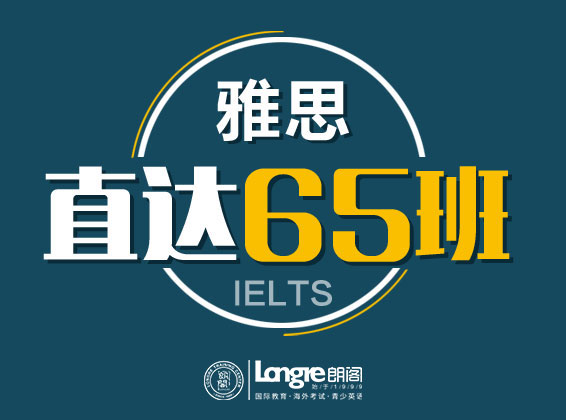|
“陋室虽小,五脏俱全”?南京雅思培训——朗阁的老师告诉考生们一个段落就像一篇文章一样,也有主题句?扩展句和结尾句?主题句是段落的核心,但要记住,一个段落只有一个中心,这个中心要清晰地表达出来?扩展句围绕主题句进行叙述?说明或论述,方法各异?结尾句对本段的内容进行总结,和主题句相呼应,引发读者对段落的进一步认识?结尾句可有可无,视内容而定? 段落的扩展有多种方式,常见的有列举?举例?递进?因果?比较和对照,写作时往往是几种方法结合使用?现分别举例说明: 1.比较和对比 常见的关联词有:on the contrary, in contrast, in comparison, on the other hand, likewise, while, whereas, yet, but, however等,如: The entry into WTO has brought China many opportunities. For example, it will introduce into China more advanced technology, which is bound to stimulate the development our country. However, each coin has its two sides. After China became a member of WTO, it has also faced many challenges. A case in point is that some heavy industries are facing bankruptcy because of the pressure from the foreign rivals. 2.列举 常见的关联词有: first, second, finally; for one thing, for another thing; on one hand, on the other hand等,如: Effective measures can be taken to protect our natural resources. On one hand, we should carry out campaigns to make people aware of the urgency of environmental protection; on the other hand, strict laws should be made to put the commercial fishing under control. 3.举例 常见的关联词有: for example, for instance; one example is… , another example is…; such as 等,如: Love means more to those who need help. For example, in 1998, southern China witnessed an unprecedented flood. Many people became homeless, and they were in bad need of clothing and food for the coming winter. At this moment, people all over China offered their warm hands. With their love, they help the victims of the flood live through the winter. (责任编辑:admin) |







